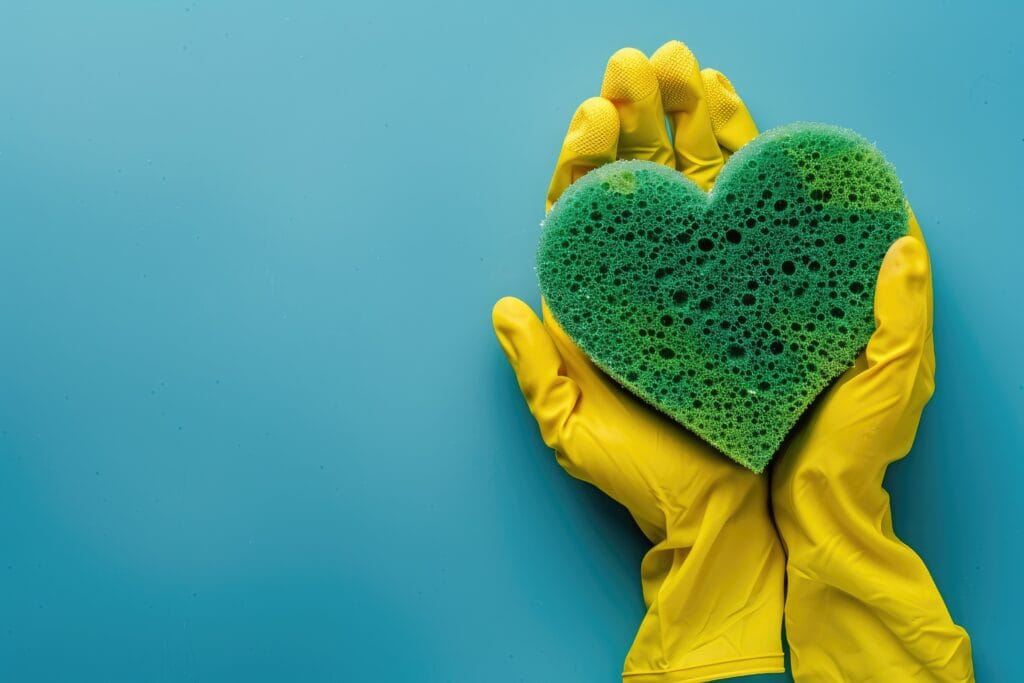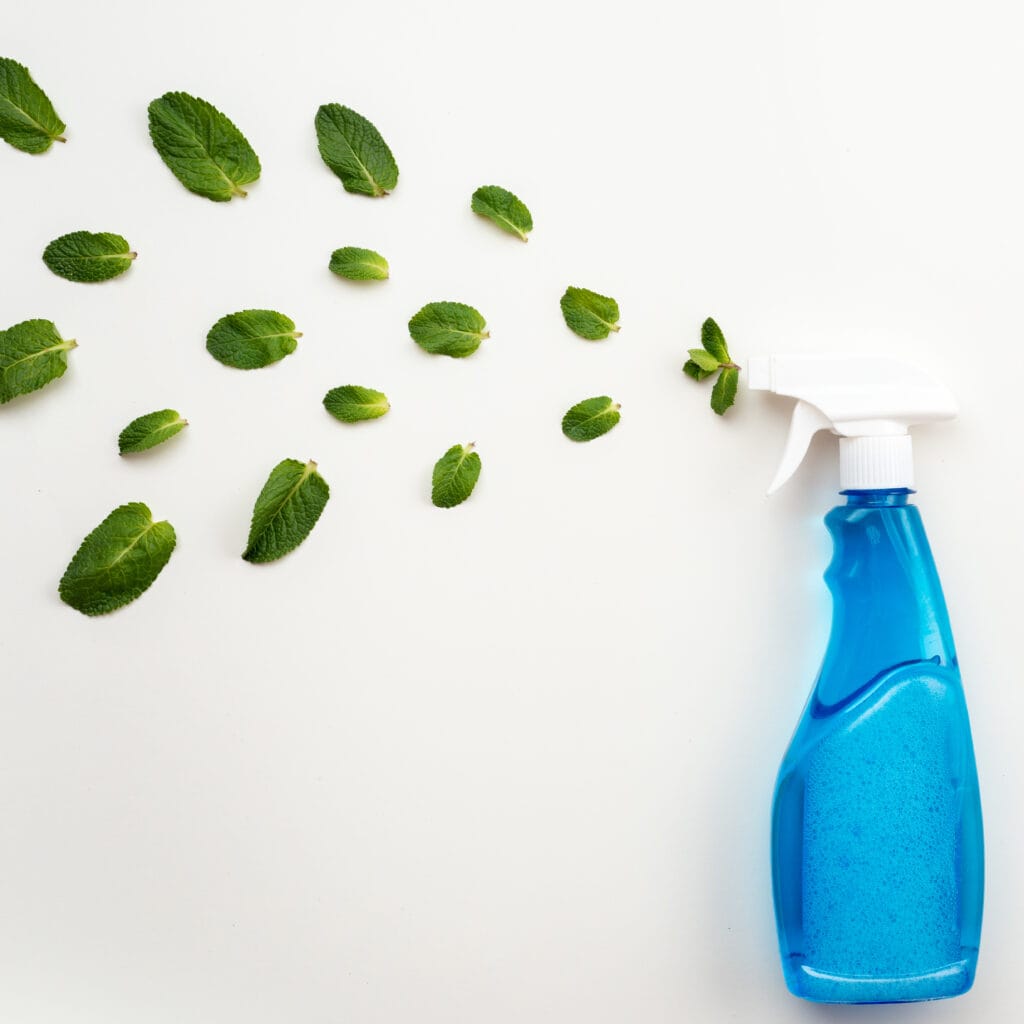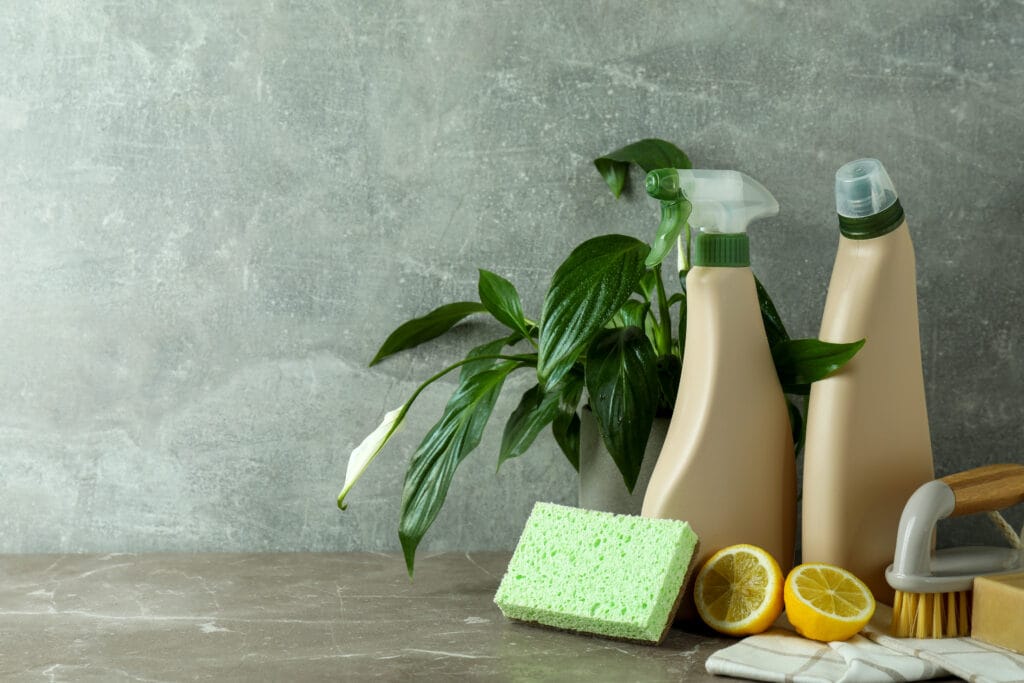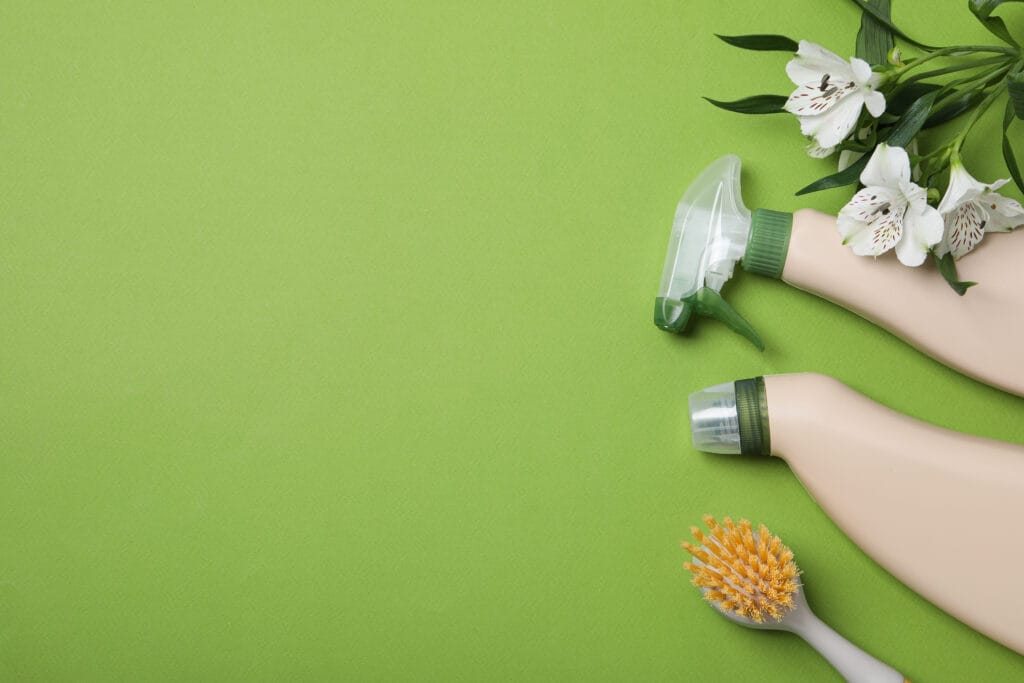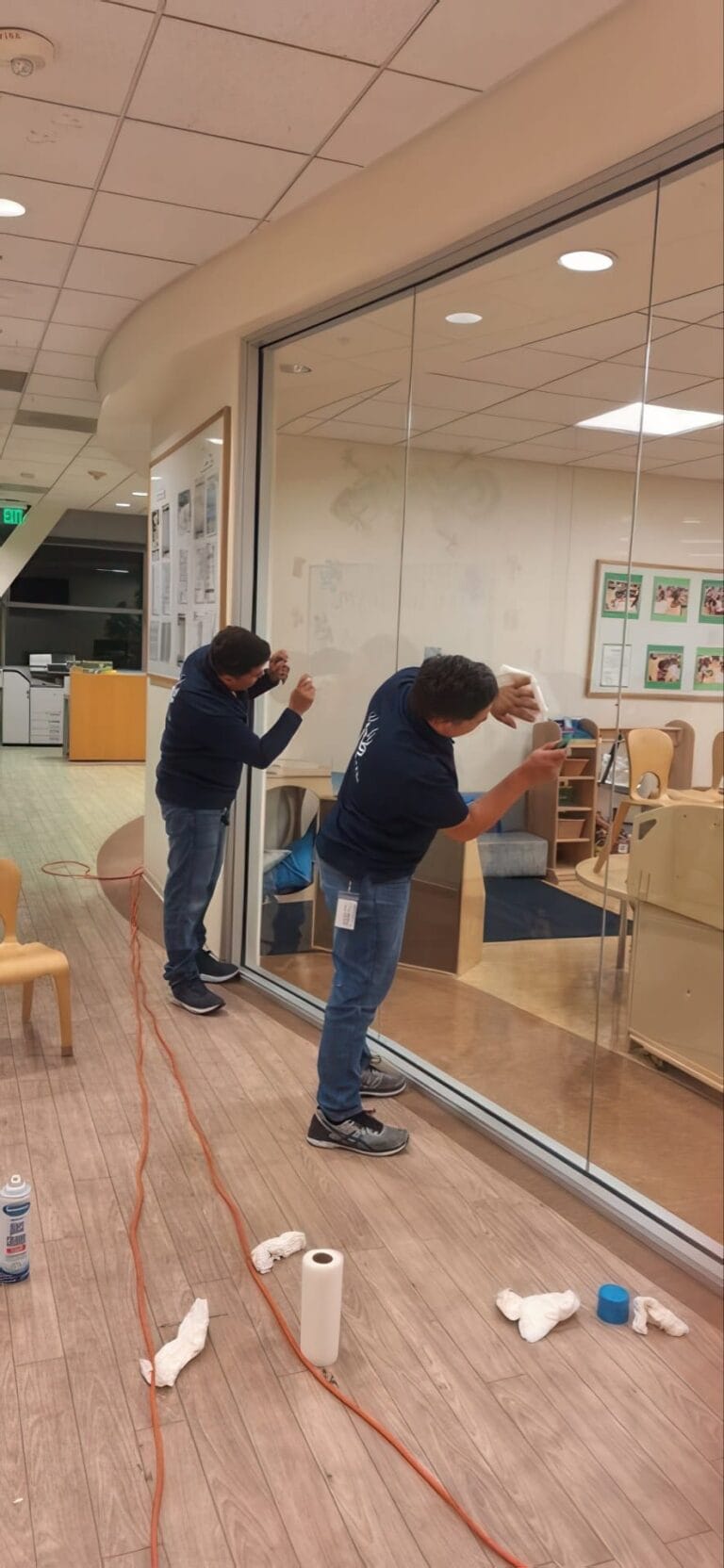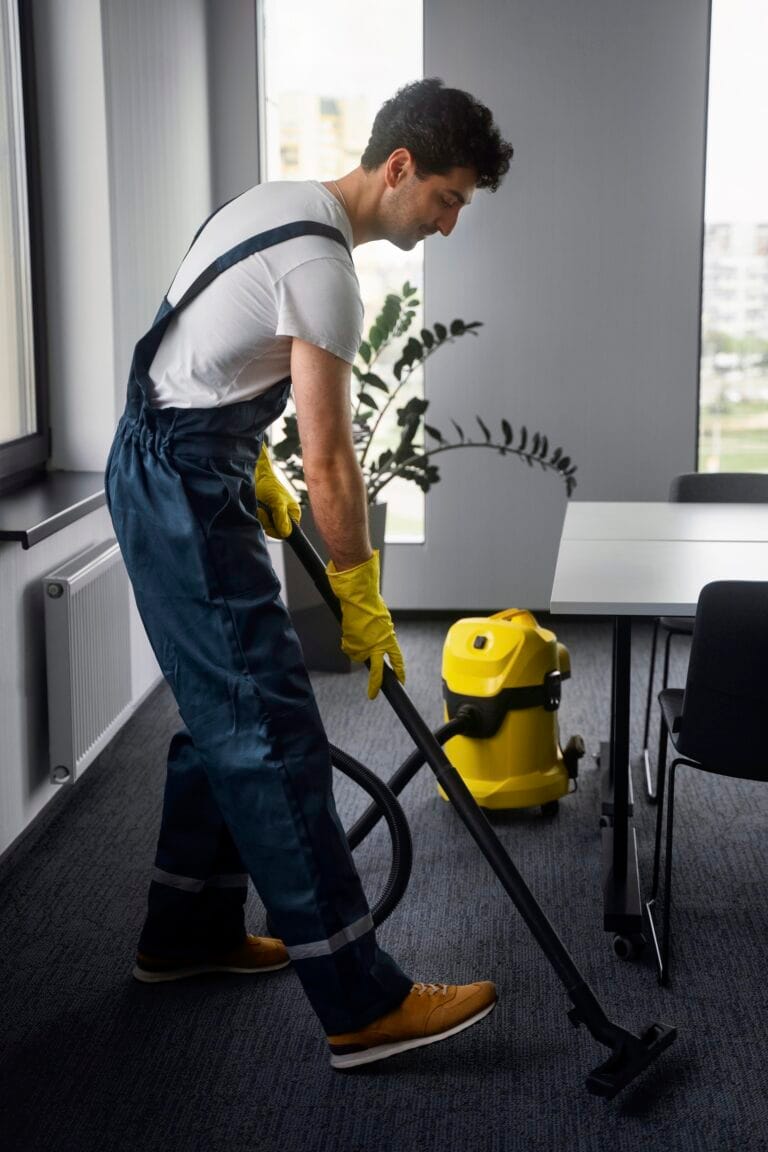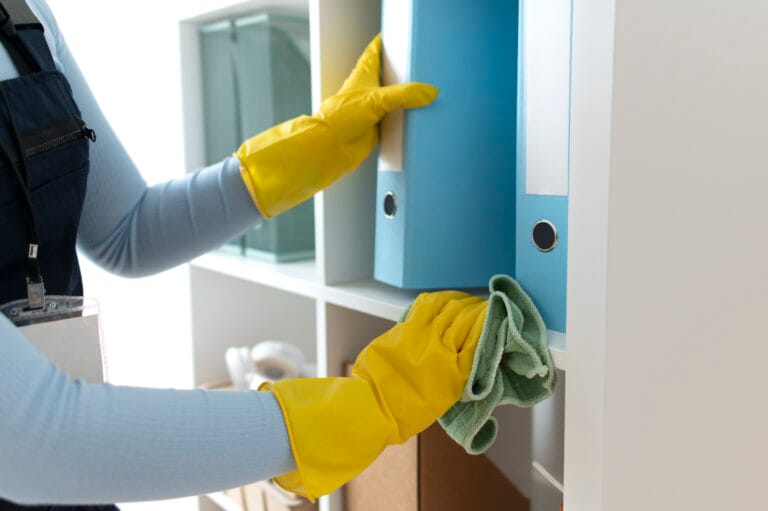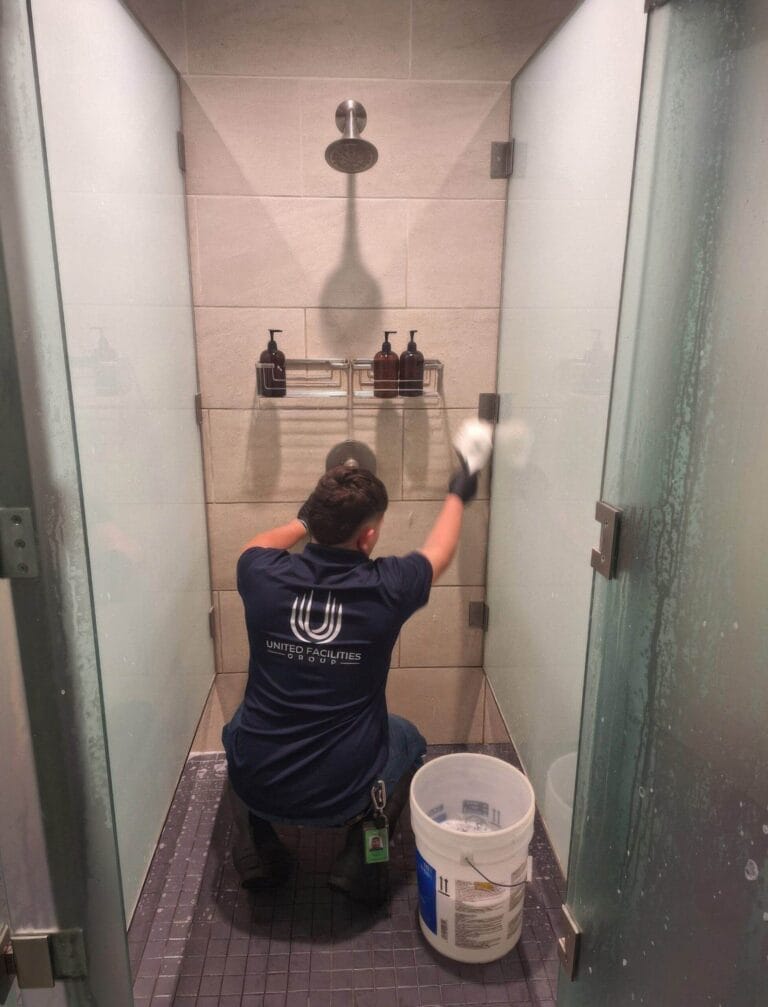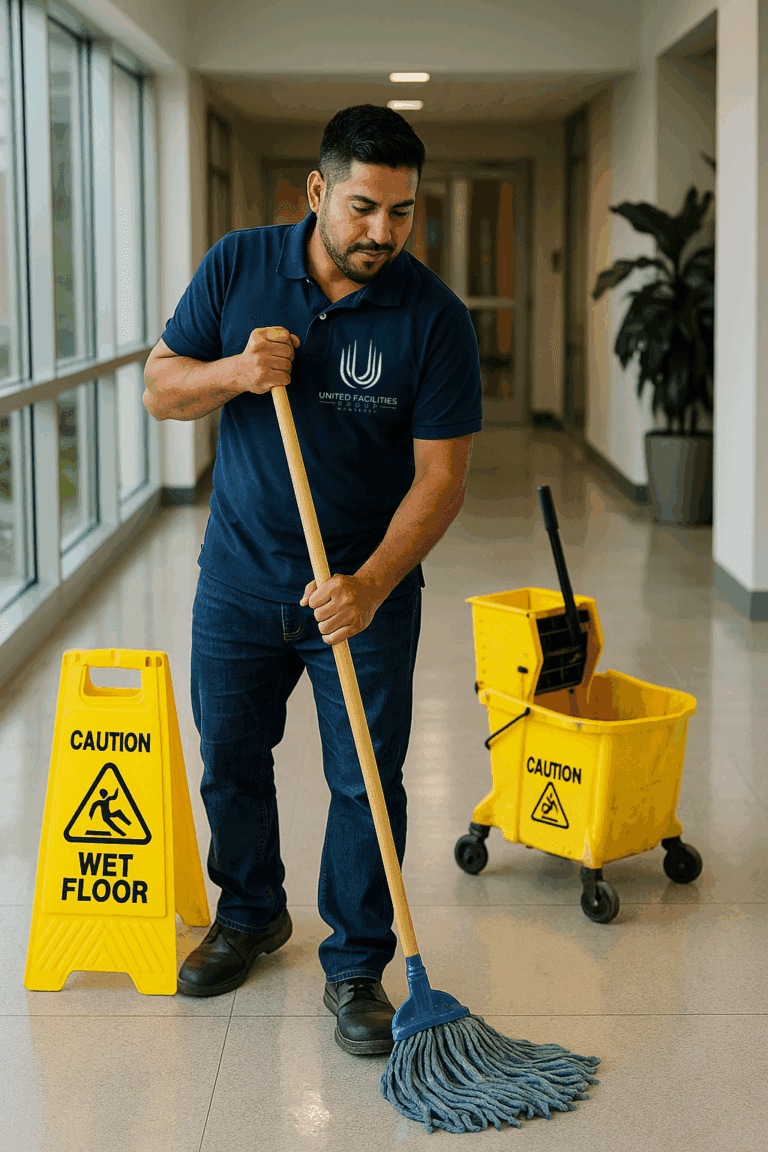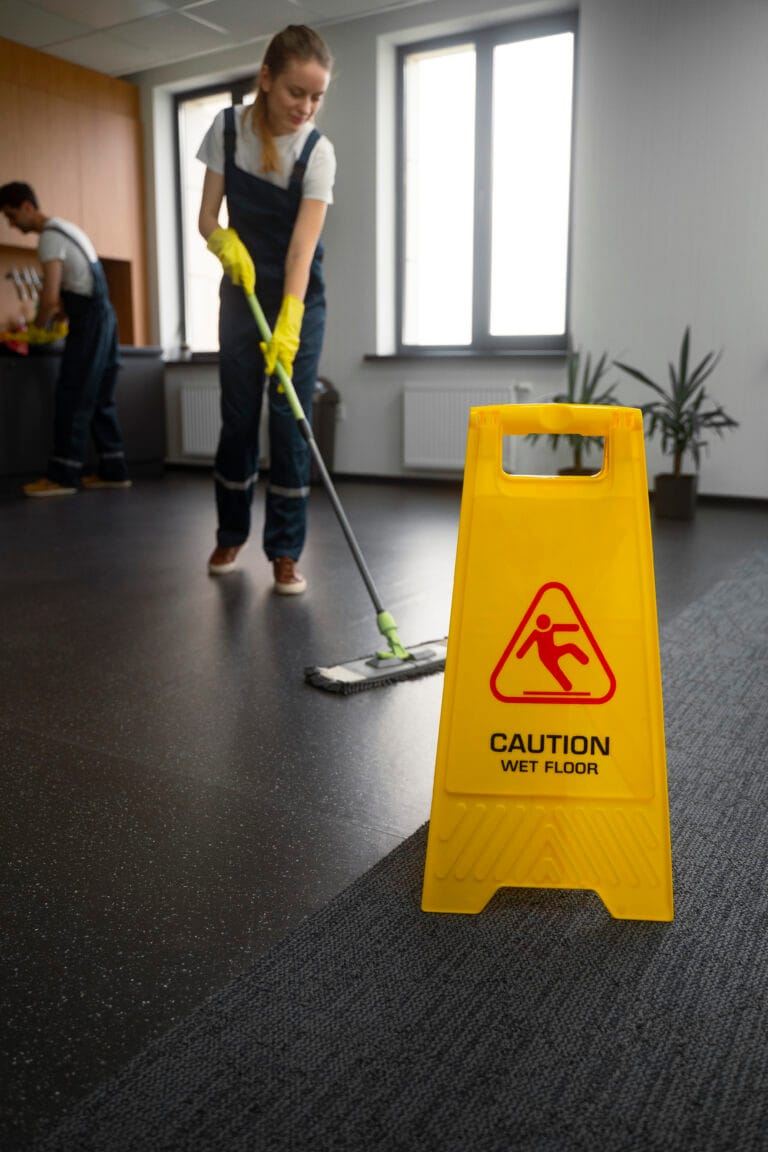Green Cleaning Practices for Eco‑Friendly Facilities in Monterey
Monterey County’s dramatic coastline and rich biodiversity remind every business that environmental stewardship is more than a marketing message—it is an obligation to the community and the ecosystems that sustain it. Green cleaning translates that obligation into day‑to‑day facility maintenance. By selecting safer chemicals, minimizing resource consumption, and preventing indoor pollution, UFG Monterey enables clients to maintain spotless workplaces while reducing environmental impact. This article examines the principles, processes, and measurable benefits of a green cleaning program, demonstrating how Monterey companies can align operational hygiene with sustainability objectives without sacrificing efficacy or cost control.
Understanding Green Cleaning
Green cleaning extends beyond swapping harsh products for plant‑based alternatives. It is a holistic approach that addresses the entire cleaning life cycle: raw‑material sourcing, manufacturing practices, product usage, and end‑of‑life disposal. A successful program must deliver three outcomes simultaneously—surface hygiene, occupant health, and environmental protection. UFG Monterey’s methodology adheres to industry frameworks such as Green Seal GS‑42 and LEED v4.1 Operations and Maintenance, ensuring every procedure stands up to independent verification.
Local Environmental Considerations
Monterey’s marine sanctuaries are susceptible to nutrient loading and chemical runoff, while inland agricultural zones face groundwater vulnerability. Sea breezes carry salt particles that accelerate corrosion on building exteriors, and wildfire smoke, an increasingly frequent threat, compromises indoor air quality. These regional factors inform UFG Monterey’s product selection and equipment maintenance schedules. Low‑phosphate cleaners reduce eutrophication risk, and sealed chemical reservoirs prevent accidental discharge during transport across sensitive watershed areas.
Building the Program: UFG Monterey’s Blueprint
UFG Monterey structures each green cleaning engagement around comprehensive facility analysis. Technicians document flooring substrates, occupancy patterns, HVAC performance, and waste‑stream logistics. Using these data, operations managers craft a cleaning matrix that balances appearance standards with sustainability targets. Microfiber systems replace traditional cotton mops, cutting water usage dramatically. Autoscrubbers with variable solution flow settings adjust to soil load, ensuring no excess detergent enters drains. Electrostatic sprayers allow for targeted disinfectant application, reducing chemical volume by up to 70 percent compared with pump‑spray methods.
Green Chemistry in Action
Chemical selection drives the majority of a cleaning program’s health and environmental footprint. UFG Monterey performs a hazard assessment for every formulation, examining toxicity, bioaccumulation potential, and volatile organic compound (VOC) content. Wherever possible, products carry third‑party certifications such as Green Seal or EPA Safer Choice. Yet certification alone is not enough; dwell time, pH, and material compatibility must align with real‑world cleaning challenges. For example, low‑pH organic acid cleaners effectively remove hard‑water scale in restrooms without resorting to hydrochloric acid. For daily surface disinfecting, hydrogen‑peroxide‑based solutions provide broad‑spectrum kill claims while decomposing into oxygen and water.
Equipment and Operational Technology
Hardware choices amplify chemical and labor efficiencies. High‑filtration backpack vacuums capture particles down to 0.3 microns, safeguarding indoor air quality during wildfire seasons when particulate counts spike. Lithium‑ion battery autoscrubbers run quietly and recharge efficiently, lowering energy demand. Water‑fed pole systems purify tap water through reverse osmosis and deionization, enabling streak‑free exterior window cleaning without detergents. Indoor air quality sensors placed in high‑traffic areas feed data to the customer portal, allowing adjustments in ventilation or cleaning frequency to maintain a healthy environment.
Process Controls for Zero‑Waste Performance
Effective green cleaning relies on process control as much as product choice. UFG Monterey standardizes dilution ratios using closed‑loop dispensing cabinets that mix concentrate with water precisely, preventing overuse and reducing packaging waste. Color‑coded microfiber cloths eliminate cross‑contamination between restrooms, food areas, and office space. Custodial closets feature spill‑containment pallets and secondary containment trays to avert leakage. Supervisors audit compliance weekly through a 60‑point checklist that captures chemical usage, equipment maintenance, and waste diversion metrics.
The Five Pillars of UFG Monterey’s Green Cleaning Program
- Responsible chemistry—low‑toxicity, readily biodegradable formulations verified by third‑party ecologo standards
- Resource conservation—water‑saving microfiber systems and energy‑efficient equipment
- Indoor environmental quality—HEPA filtration, low‑VOC products, and IAQ monitoring sensors
- Waste minimization—recycling programs, refillable dispensers, and bulk chemical delivery
- Continuous improvement—data‑driven adjustments based on inspection scores and client feedback
Indoor Air Quality and Occupant Health
Poor indoor air quality triggers headaches, allergies, and reduced cognitive performance. UFG Monterey integrates HEPA‑equipped vacuums, low‑VOC disinfectants, and fragrance‑free floor finishes to minimize airborne irritants. During wildfire alerts, entrance mats receive increased vacuum passes, and HVAC pre‑filters are replaced on an accelerated schedule to capture soot particles. Electrostatic spraying focuses disinfectant only where needed, limiting aerosolization. Real‑time IAQ dashboards alert facility managers if particulate or CO₂ thresholds near exceedance, prompting immediate mitigation actions.
Water Use and Conservation Strategies
Monterey’s semi‑arid climate and periodic drought restrictions make water stewardship critical. Switching from mop‑and‑bucket to flat‑mop microfiber systems reduces water required for 10,000 square feet of hard flooring from approximately 27 gallons to just four. Autoscrubbers reclaim solution for secondary scrub passes, and restroom fixture cleaning utilizing foaming nozzles adheres product to surfaces with minimal runoff. Exterior pressure‑washing services are scheduled during cooler morning hours to lower evaporation rates, and reclaimed gray water is collected wherever municipal guidelines permit.
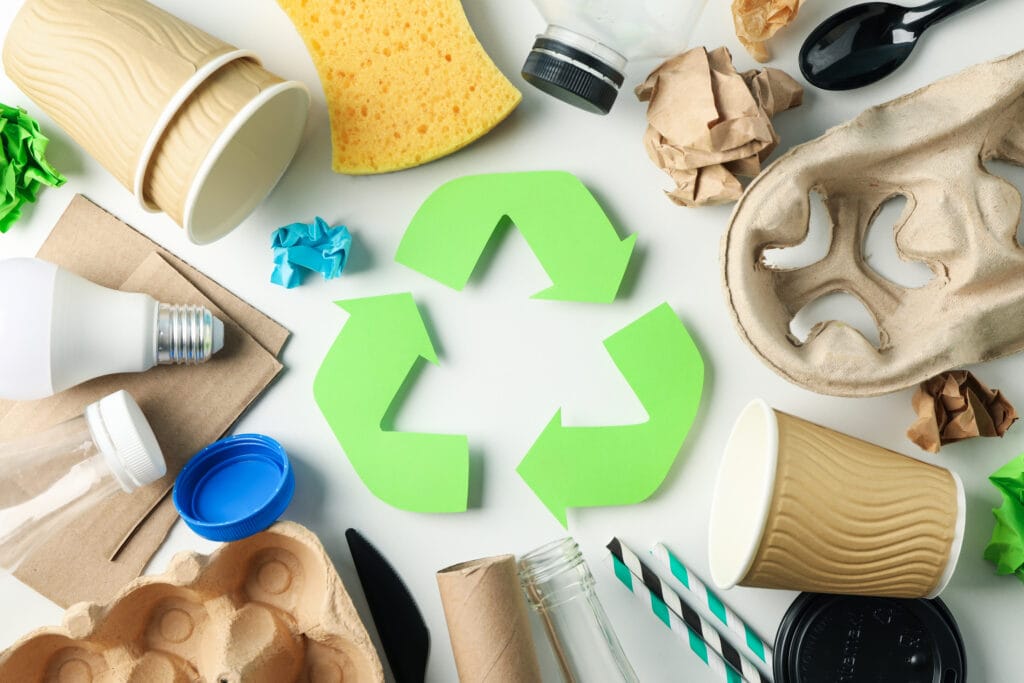
Waste Management and Recycling
Cleaning generates solid waste in the form of packaging, spent consumables, and discarded liner bags. UFG Monterey collaborates with local material recovery facilities to identify acceptable streams and contamination thresholds. Break‑rooms receive organics bins for food scraps that feed commercial composting operations. When old carpet tiles are removed, logistics staff palletize them for manufacturer take‑back programs, diverting synthetic fibers from landfills. Secondary metrics track liner bag reduction through the right‑sizing of receptacles; fewer half‑empty bags mean less plastic burned or buried.
Training, Oversight, and Compliance
Even the best‑designed program fails without skilled staff. New hires complete a 12‑hour green cleaning curriculum covering chemical hazard symbols, microfiber laundering protocols, equipment energy modes, and emergency spill response. Supervisors conduct monthly refresher drills and document competencies in a cloud‑based learning management system. UFG Monterey’s compliance office maintains Safety Data Sheets and California Prop 65 disclosures accessible through QR codes on janitorial carts. Environmental Health and Safety audits review documentation annually, ensuring alignment with county and state regulations.
Key Metrics for Continuous Improvement
- Chemical consumption per 1,000 square feet of cleanable area
- Potable water usage per month versus baseline year
- Solid waste diversion rate and liner bag reduction percentage
- Indoor air particulate concentration (PM₂.₅) averaged over 30 days
- Green Seal GS‑42 compliance inspection score
Economic Case for Green Cleaning
Sustainable practices often reduce long‑term operating costs. Concentrated chemicals last longer than ready‑to‑use bottles, microfiber pads outlive cotton mops by a factor of 300 wash cycles, and high‑efficiency motors draw less electricity. Over a five‑year horizon, UFG Monterey clients experience up to 15 percent lower total cleaning spend compared with conventional methods, even after accounting for equipment upgrades. Additional savings arise from healthier employees whose reduced absenteeism translates into tangible productivity gains.
Implementation Roadmap
Transitioning to a green program follows a structured rollout. Step one: baseline data collection on chemical inventory, water consumption, and waste diversion. Step two: product substitution and equipment deployment, timed to avoid disrupting critical business operations. Step three: staff training, both classroom and hands‑on. Step four: pilot testing in a designated zone, with performance indicators tracked daily. Step five: full‑facility launch accompanied by managerial walkthroughs and micro‑adjustments. Finally, quarterly reviews ensure targets remain realistic and progress demonstrable.
Green cleaning is no passing trend; it is the future of responsible facility management. Monterey businesses occupy a region where natural beauty and economic vitality intertwine, and each organization has a stake in preserving that balance. By embracing UFG Monterey’s comprehensive green cleaning program—built on responsible chemistry, resource conservation, and data‑driven oversight—companies achieve immaculate workspaces while contributing to the long‑term health of Monterey’s environment and its people. Sustainability and cleanliness are no longer competing priorities; under a thoughtfully executed program, they become mutually reinforcing pillars of business success.
